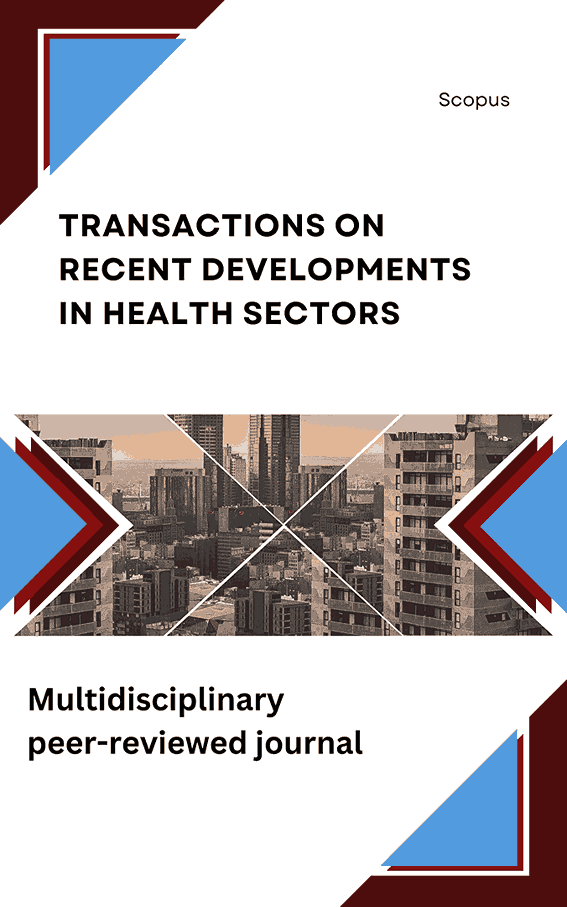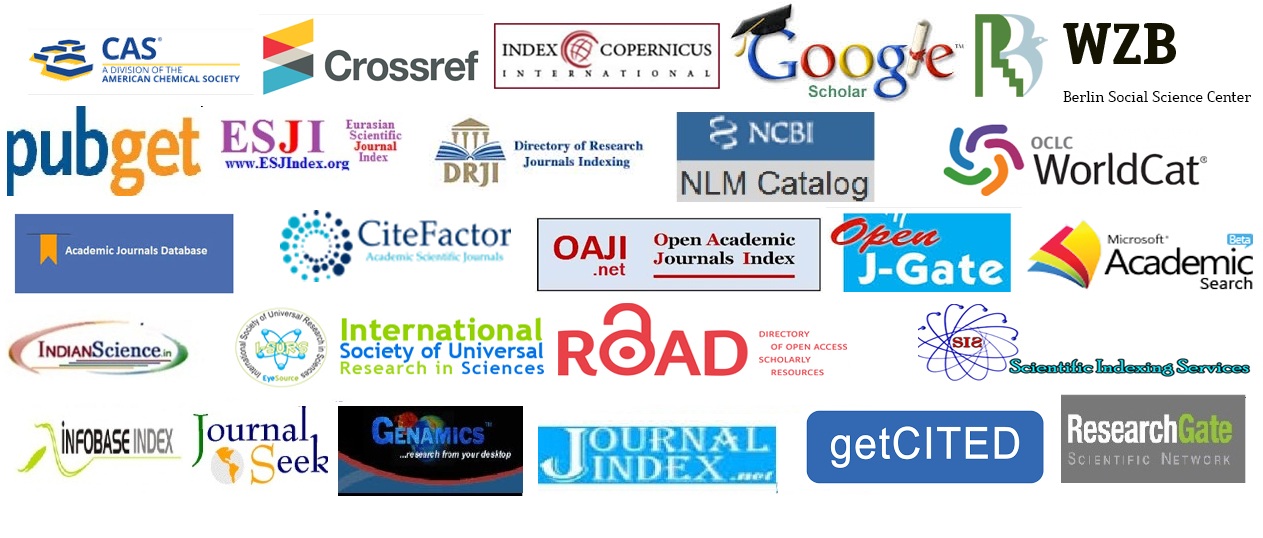AI-Driven Predictive Analytics for Energy Consumption Optimization in Smart Grids
Abstract
Efficient energy management is a cornerstone of sustainable smart grid systems. This paper presents an AI-driven predictive analytics framework for optimizing energy consumption in smart grids. The framework uses time-series forecasting models and reinforcement learning algorithms to predict energy demand and dynamically adjust supply. Experiments conducted on smart grid datasets demonstrate the system's ability to reduce energy wastage and balance load distribution effectively. The results underscore the potential of AI to improve energy efficiency, reduce costs, and support the integration of renewable energy sources in smart grid infrastructures.
References
Raghunath, V., Kunkulagunta, M., & Nadella, G. S. (2021). Leveraging Cloud Computing for Efficient Data Processing in SAP Enterprise Solutions. International Journal of Machine Learning for Sustainable Development, 3(4).
Raghunath, V., Kunkulagunta, M., & Nadella, G. S. (2021). Machine Learning in SAP Workflows: A Study of Predictive Analytics and Automation. Transactions on Latest Trends in Artificial Intelligence, 2(2).
Raghunath, V., Kunkulagunta, M., & Nadella, G. S. (2021). Machine Learning Models for Optimizing SAP-Based Data Processing in Cloud Environments. International Journal of Sustainable Development in Computing Science, 3(3).
Ranjan, P., & Dahiya, S. (2021). Advanced threat detection in api security: Leveraging machine learning algorithms. International Journal of Communication Networks and Information Security, 13(1).
Dhaiya, S., Pandey, B. K., Adusumilli, S. B. K., & Avacharmal, R. (2021) Optimizing API Security in FinTech Through Genetic Algorithm based Machine Learning Model.
Raghunath, V., Kunkulagunta, M., & Nadella, G. S. (2023). AI-Driven Business Analytics Framework for Data Integration Across Hybrid Cloud Systems. Transactions on Latest Trends in Artificial Intelligence, 4(4).
Raghunath, V., Kunkulagunta, M., & Nadella, G. S. (2023). Integrating AI and Cloud Computing for Scalable Business Analytics in Enterprise Systems. International Journal of Sustainable Development in Computing Science, 5(3).
Raghunath, V., Kunkulagunta, M., & Nadella, G. S. (2023). Enhancing Data Integration Using AI and ML Techniques for Real-Time Analytics. International Journal of Machine Learning for Sustainable Development, 5(3).
Bengio, Y., Courville, A., & Vincent, P. (2013). Representation learning: A review and new perspectives. IEEE Transactions on Pattern Analysis and Machine Intelligence, 35(8), 1798-1828.
Brown, T., Mann, B., Ryder, N., Subbiah, M., Kaplan, J., Dhariwal, P., ... & Amodei, D. (2020). Language models are few-shot learners. Advances in Neural Information Processing Systems, 33, 1877-1901.
Goodfellow, I., Bengio, Y., & Courville, A. (2016). Deep learning. MIT Press.
He, K., Zhang, X., Ren, S., & Sun, J. (2016). Deep residual learning for image recognition. In Proceedings of the IEEE Conference on Computer Vision and Pattern Recognition (pp. 770-778).
Hinton, G. E., Osindero, S., & Teh, Y. W. (2006). A fast learning algorithm for deep belief nets. Neural Computation, 18(7), 1527-1554.
Hochreiter, S., & Schmidhuber, J. (1997). Long short-term memory. Neural Computation, 9(8), 1735-1780.
Kingma, D. P., & Ba, J. (2015). Adam: A method for stochastic optimization. In 3rd International Conference on Learning Representations (ICLR) (pp. 1-15).
Krizhevsky, A., Sutskever, I., & Hinton, G. E. (2012). ImageNet classification with deep convolutional neural networks. In Advances in Neural Information Processing Systems (pp. 1097-1105).
LeCun, Y., Bengio, Y., & Hinton, G. (2015). Deep learning. Nature, 521(7553), 436-444.
Mikolov, T., Chen, K., Corrado, G., & Dean, J. (2013). Efficient estimation of word representations in vector space. In Proceedings of the International Conference on Learning Representations (ICLR).
Murphy, K. P. (2012). Machine learning: A probabilistic perspective. MIT Press.






